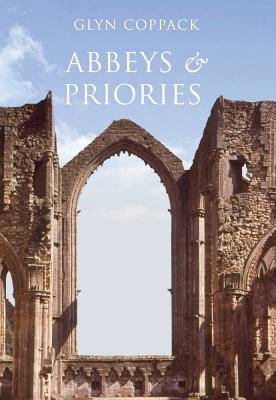
- Afhalen na 1 uur in een winkel met voorraad
- Gratis thuislevering in België vanaf € 30
- Ruim aanbod met 7 miljoen producten
- Afhalen na 1 uur in een winkel met voorraad
- Gratis thuislevering in België vanaf € 30
- Ruim aanbod met 7 miljoen producten
Zoeken
Omschrijving
At the height of the middle ages, there were hundreds of abbeys and priories throughout England. The ruins of some of those that were destroyed at the time of the Dissolution of the Monasteries are today seen as iconic medieval buildings - such as Fountains Abbey in Yorkshire, designated a World Heritage site, or Tintern Abbey on the river Wye, immortalised by Wordsworth. These monasteries - particularly those of the Benedictine and Cistercian orders - were not simply powerhouses of prayer, but major local landowners who improved agriculture, replanned villages and founded new towns. For this reason, Glyn Coppack's far-ranging study not only looks at the churches and the immediate monastic buildings, but at the full range of ancillary buildings.
Specificaties
Betrokkenen
- Auteur(s):
- Uitgeverij:
Inhoud
- Aantal bladzijden:
- 208
- Taal:
- Engels
Eigenschappen
- Productcode (EAN):
- 9781848684195
- Verschijningsdatum:
- 15/04/2009
- Uitvoering:
- Paperback
- Formaat:
- Trade paperback (VS)
- Afmetingen:
- 170 mm x 244 mm
- Gewicht:
- 521 g

Alleen bij Standaard Boekhandel
+ 75 punten op je klantenkaart van Standaard Boekhandel
Beoordelingen
We publiceren alleen reviews die voldoen aan de voorwaarden voor reviews. Bekijk onze voorwaarden voor reviews.











